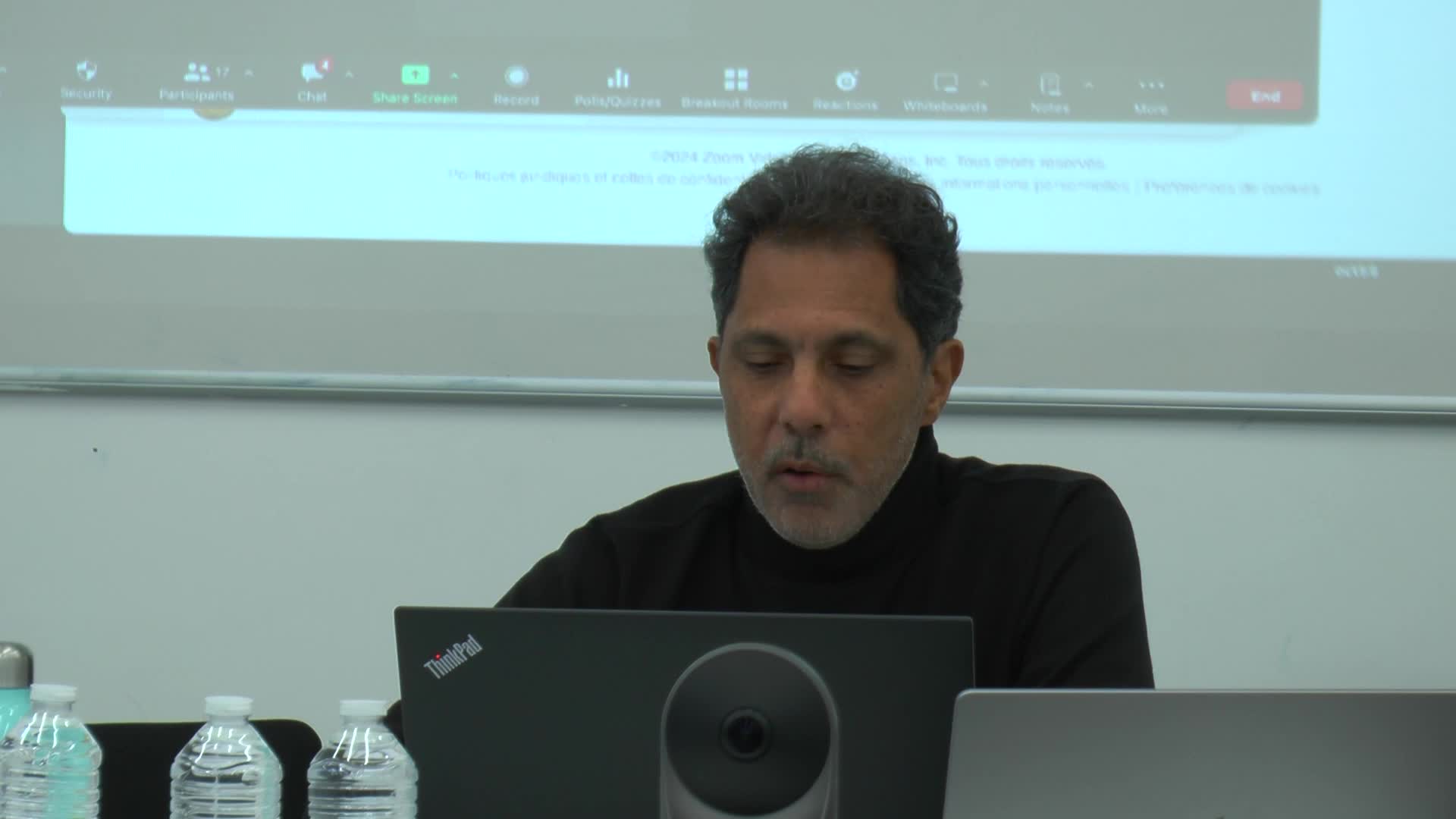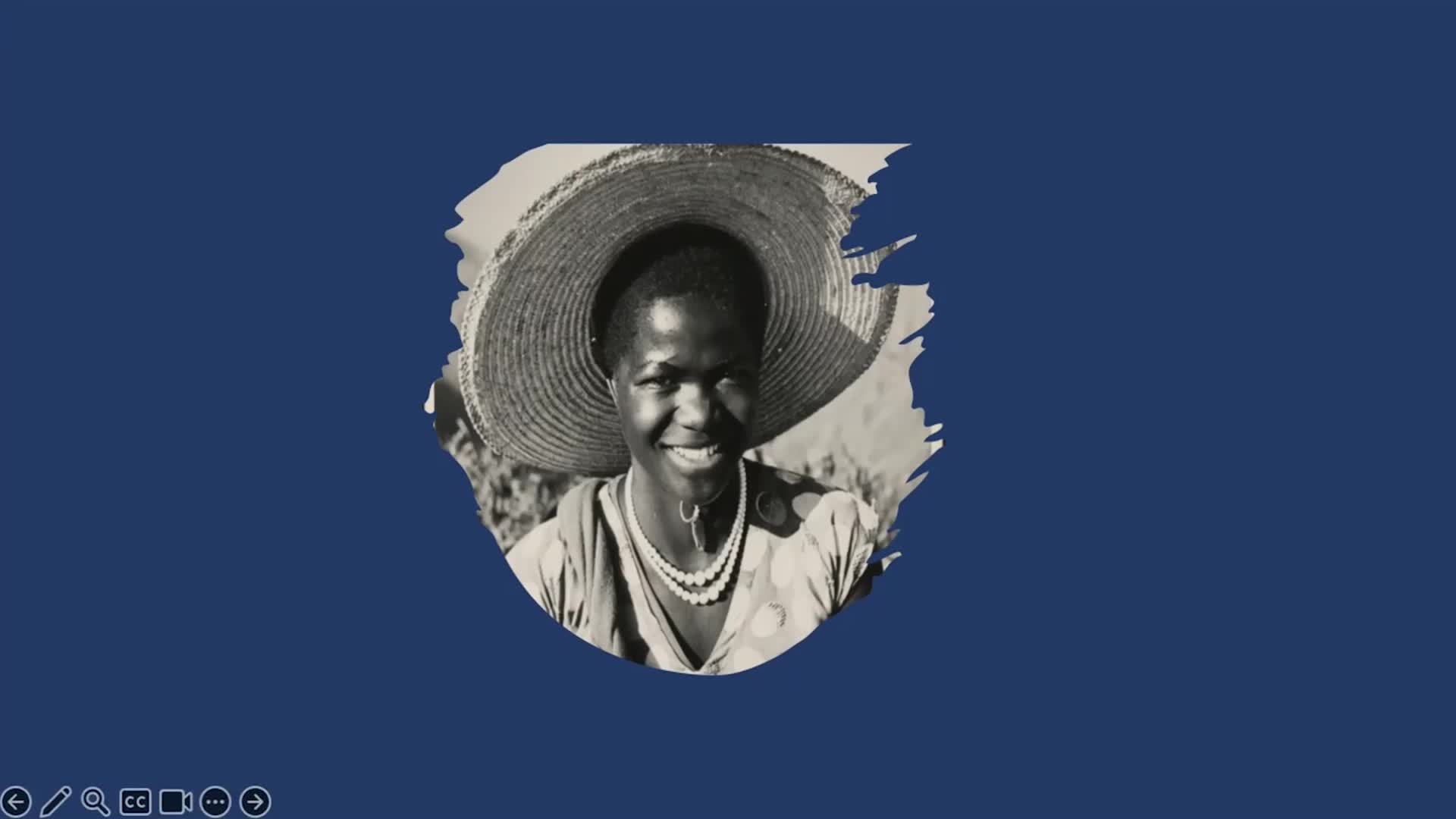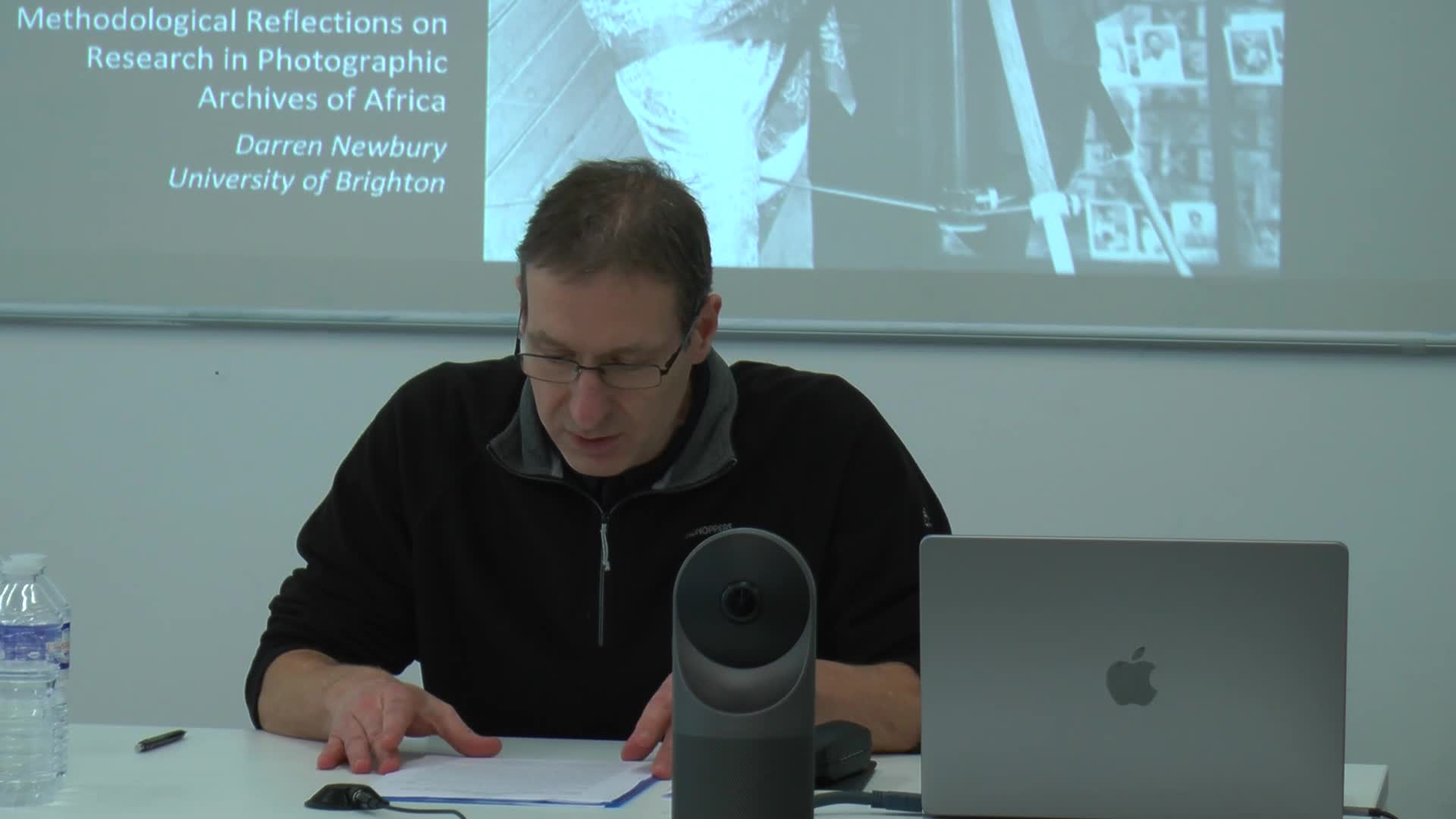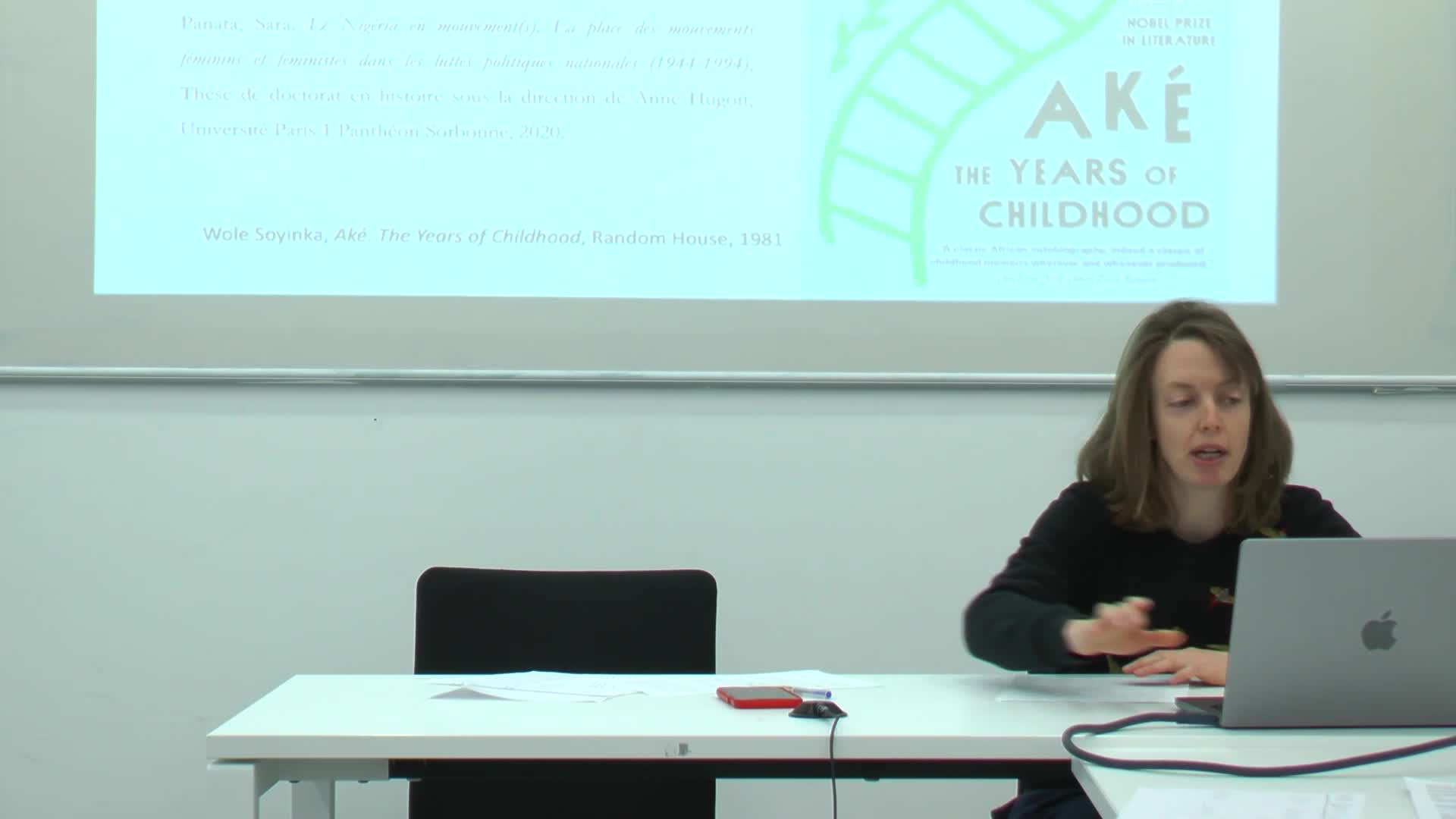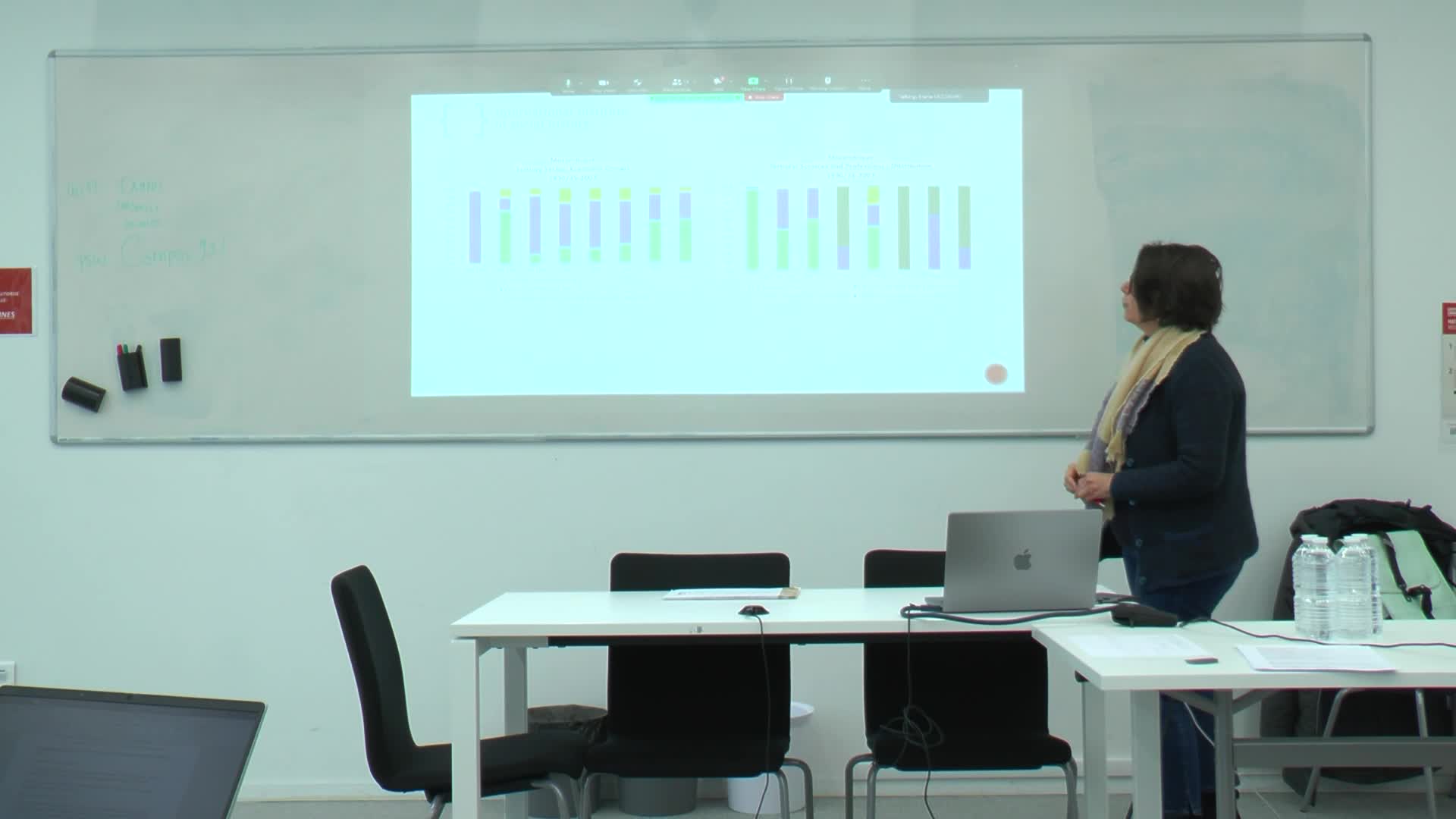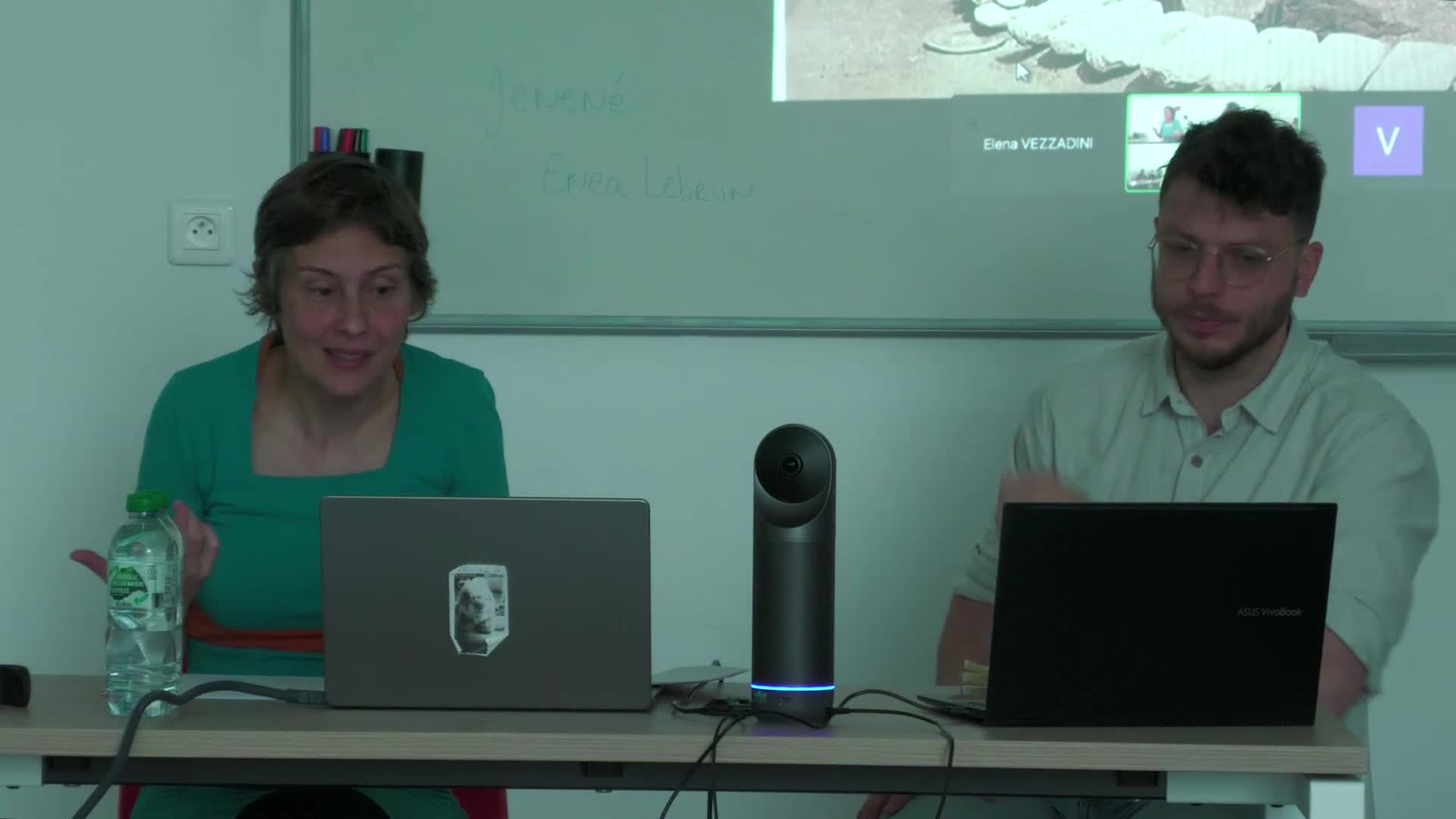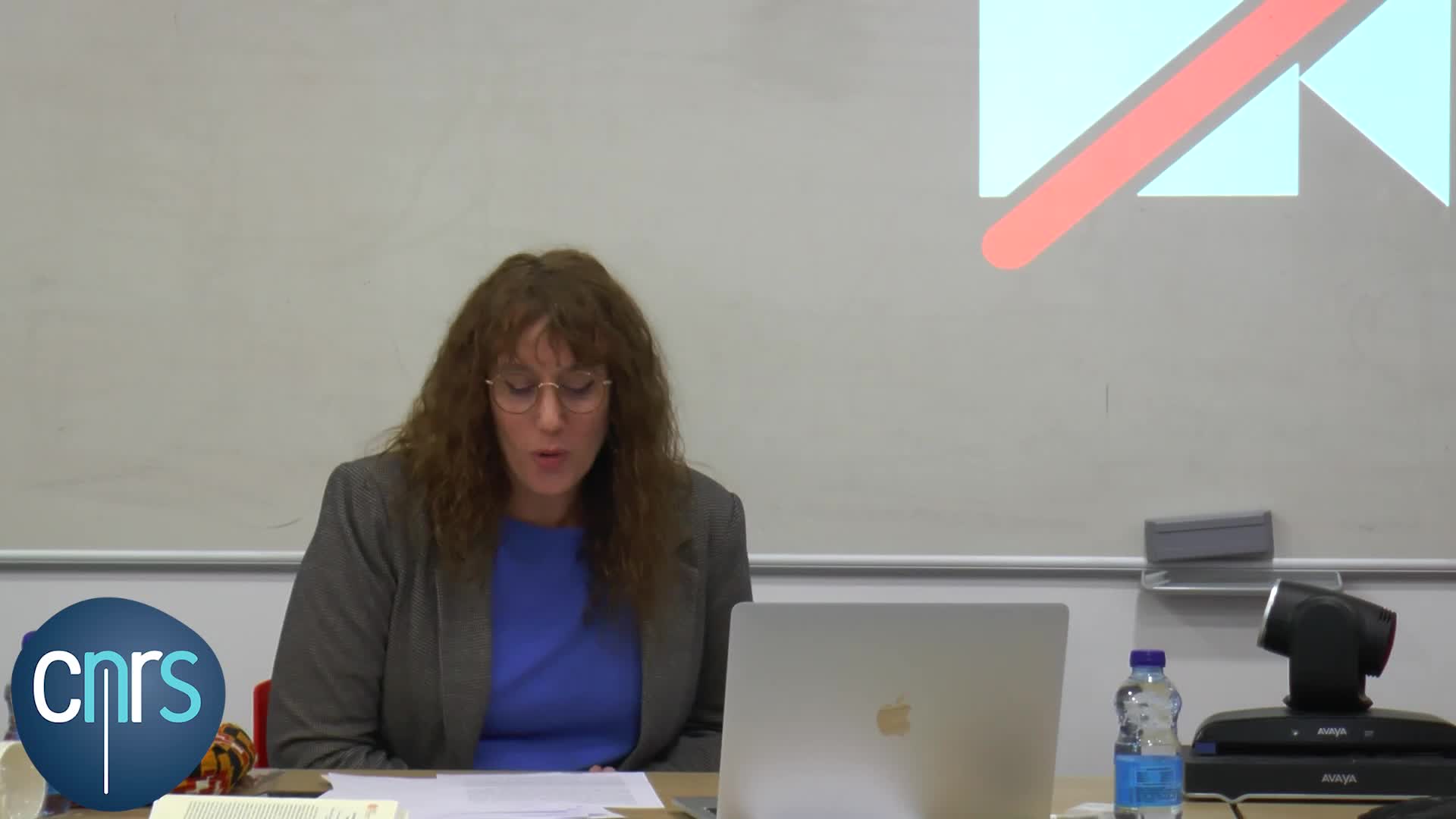Notice
Creative Methodologies - Writing the stories of working women from popular classes in African urban milieux, 1920 - 1970 - Partie 6
- document 1 document 2 document 3
- niveau 1 niveau 2 niveau 3
Descriptif
Creative Methodologies - Writing the stories of working women from popular classes in African urban milieux, 1920 — 1970 - Partie 6
Anne Hugon, University of Paris 1
Documenting the History of Birth Attendants versus Documenting the History of Registered Midwives in the Gold Coast/Ghana: some Preliminary Reflections on Sources - ERC Research Project
Midwives in the Gold Coast/Ghana: some Preliminary Reflections on Sources Working on the history of licensed midwives in the Gold Coast proved reasonably easy thanks to the relative abundance of written sources, mostly from the Medical Department, which was the colonial equivalent of a Ministry of Health. These archives were kept at the PRAAD in Accra but also in various regional archive centres (seven of them altogether). I managed to complete this research on the history of Gold Coast/Ghanaian licensed midwives thanks to sources found in the press, in various centres in Britain and with interviews (about 20 with previous Ghanaian midwives and 30 with women who had given birth in the 1940s and 1950s). This experience proved fruitful for trying to imagine where to look for sources on unlicensed midwives. Because the latter did not go through colonial training institutions, they left scarce traces in the colonial papers. One must therefore be imaginative to think of “alternative” sources, such as (again) the press, oral sources, and family memories – not neglecting however colonial sources, which may refer to them, albeit to condemn their practice.
Tirsit Sahledengil, Institute of Ethiopian Studies, Addis Ababa University and Pierre Guidi, Université Paris Cité, IRD, Ceped
Discourses ‘From Within’ versus Discourses ‘About’? The Work of Ethiopian ‘Traditional’ Midwives in the Press and in their Own Testimonies (1970s) - ERC Research Project
Writing an Ethiopian Midwife Biography in Crossing Private Archives and Interviews This presentation will first present private archives given by the family of an Ethiopian midwife, who practiced from the 1960s to the early 2000s, and whose biography we want to write from the perspective of popular history. Her daughters, who gave us an interview, kept several archives as photographs, training material, working tools, personal work notebooks, and old press articles about her life and work. We will then present the main milestones in her biography, from her training by her own mother in the 1960s to the end of her career more than 40 years later. Many questions come to mind: What has been her role, which went far beyond her work as a midwife and health-carer, in the life and organization of the community? How did she view her social responsibilities? Was she involved in midwifery networks or associations? What were their functions? Who controlled these associations and how did they structure the profession? How her work evolved during a period when the state, women's welfare associations and international agencies became increasingly involved in training and monitoring the work of the midwives? In May 2024, we hope to continue our discussions with her family (her daughters and her sister), and then visit her neighborhood to ask the community about her life and social roles. In the meantime, we will show to community members the archive documents kept by the family and ask them to comment on it. The final aim of this presentation is to propose and gather from you incentives for a creative methodology and writing.
Elena Vezzadini, CNRS
Only Shadows of Traces: Studying Hairdressers and Estheticians in Colonial and Early Post-Colonial Sudan - ERC Research Project
The existing literature on service professions that we could broadly define as “beauty specialists” (mashattat – or hairdressers, henna lady or hennanat, and so on) in 20th Century Sudan is scarce, yet it powerfully shows the peculiarities of these professions, especially when compared to other categories of male and female labourers. The absence of the notion of a fixed price for a certain service, the importance of affective work for maintaining a secure income, and the social embeddedness of these professions have pushed one scholar to define them as “cultural brokers” (Keynon 1991: 57). “Beauty specialists” seem absent from any type of official archives - including photographic records, as these women worked behind the gates of theirs or others’ home, thus the few
scholars working on them have largely relied on oral accounts. But from April 2023, a deadly conflict broke out in Sudan, and it is still ongoing For the coming years it is likely that tit will be impossible to travel to Sudan, not to mention the amount of loss, suffering and displacement that renders ethically difficult the interviewing process. If many among the Sudanese middle class have been able to move to Egypt or to other Gulf states, professionals from popular classes and/or their descendants cannot be easily located outside Sudan.
This presentation will reflect on what to do. Clearly in this situation, the history of beauty professions can be grasped only through their shadows in sources: for instance, we find traces of fabulous hairdressing in 19th century travelers’ literature; there are hints of the role of mashattat in marriages and other ceremonies in fleeting passages in historical newspapers; and, of course, accounts of wealthy clients… Perhaps the impossibility of collecting oral accounts and the silence of archives has at least the merit of pushing the historian to ‘intensive’ forms of creative methodologies. The aim here is to think together at various possible ‘shadows’ in sources, with the hope that by accumulating hints, we may end deciphering silhouettes that are not completely unfathomable.
Intervention / Responsable scientifique
Thème
Documentation
Dans la même collection
-
Creative Methodologies - Writing the stories of working women from popular classes in African urban…
NieftagodienNoorDarkwahAkosua K.Écrire les histoires de femmes travailleuses issues des classes populaires dans les milieux urbains africains, 1920 - 1970 - Partie 1
-
Creative Methodologies - Writing the stories of working women from popular classes in African urban…
NyantoSalvatory S.SimbaAlmaWorku KebedeDanielTiwaah Adu BohaenJulietÉcrire les histoires de femmes travailleuses issues des classes populaires dans les milieux urbains africains, 1920 - 1970 - Partie 4
-
Creative Methodologies - Writing the stories of working women from popular classes in African urban…
NewburyDarrenHeuvelDanielle van denÉcrire les histoires de femmes travailleuses issues des classes populaires dans les milieux urbains africains, 1920 - 1970 - Partie 2
-
Creative Methodologies - Writing the stories of working women from popular classes in African urban…
HunterEmmaBerthoElaraSharkeyHeather JaneSharifMariamÉcrire les histoires de femmes travailleuses issues des classes populaires dans les milieux urbains africains, 1920 - 1970 - Partie 5
-
Creative Methodologies - Writing the stories of working women from popular classes in African urban…
Meier zu SelhausenFelixSilvaFilipa Ribeiro daGibbsTimothyCristofaroDomenicoÉcrire les histoires de femmes travailleuses issues des classes populaires dans les milieux urbains africains, 1920 - 1970 - Partie 3
Avec les mêmes intervenants et intervenantes
-
Introduction: Uncovering the History of Women from Photo Archives: the Examples of the Colonial Arc…
VezzadiniElenaCristofaroDomenicoIntroduction: Uncovering the History of Women from Photo Archives: the Examples of the Colonial Archives of Ghana and Sudan
-
-
Deuxième session
MillerCatherineCasciarriBarbaraAmbrosettiDavidVezzadiniElenaSeri-HerschIrisModérateur : Jean Schmitz, Anthropologue, IRD/CEAf Catherine Miller, linguiste, CNRS, IREMAM, Aix en Provence : Retour sur les catégorisations ethno-linguistiques au Soudan : entre


